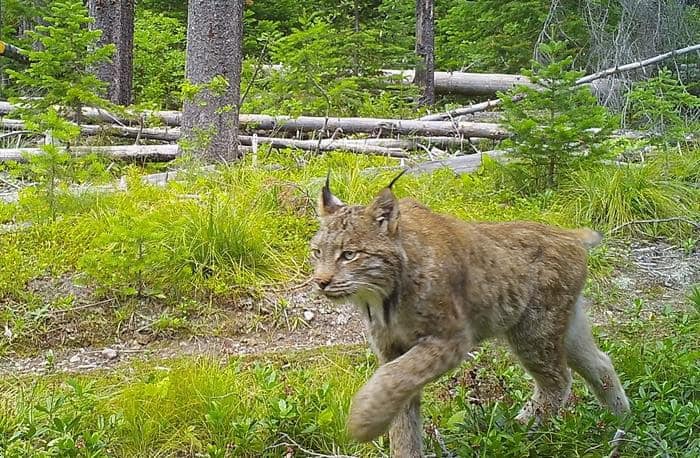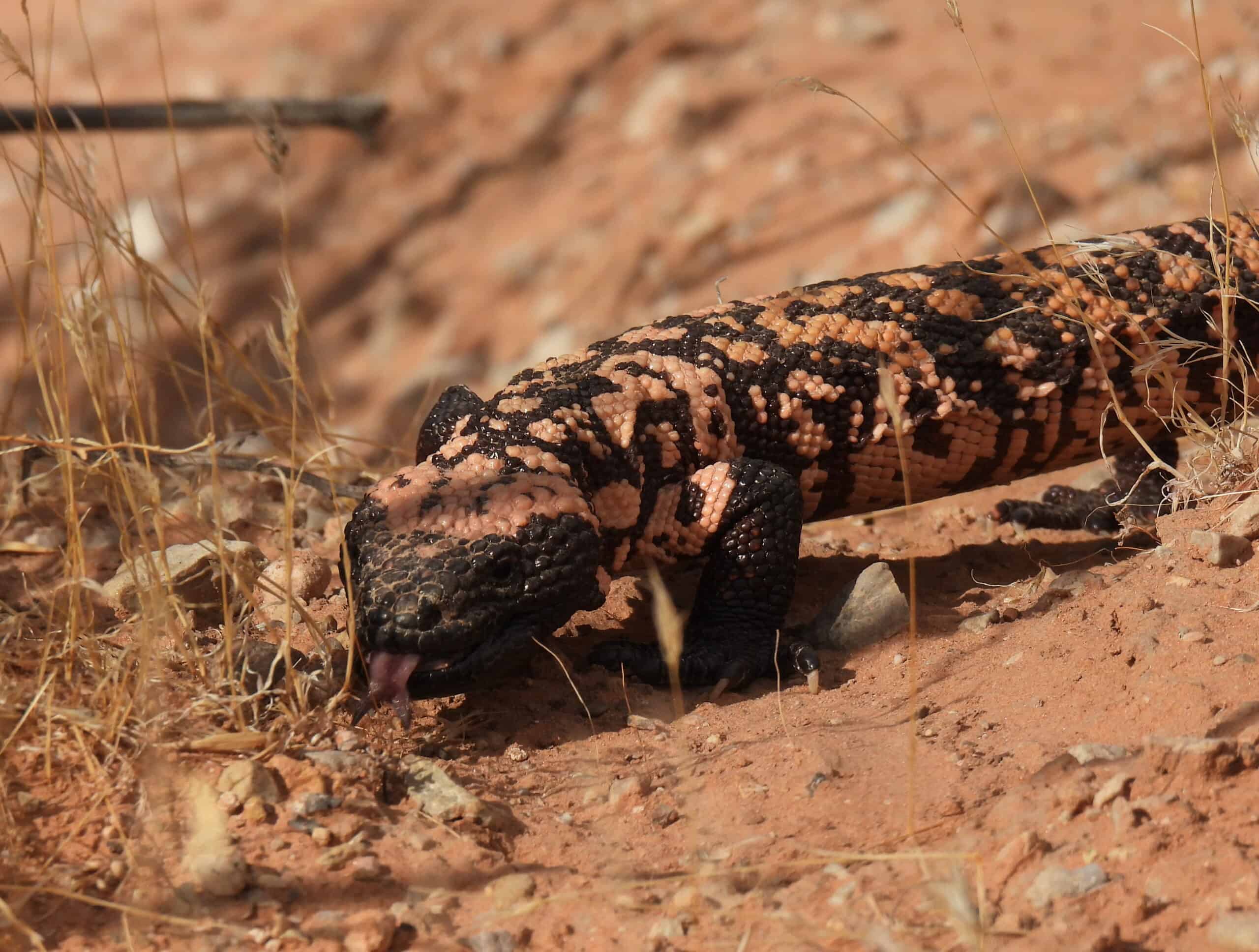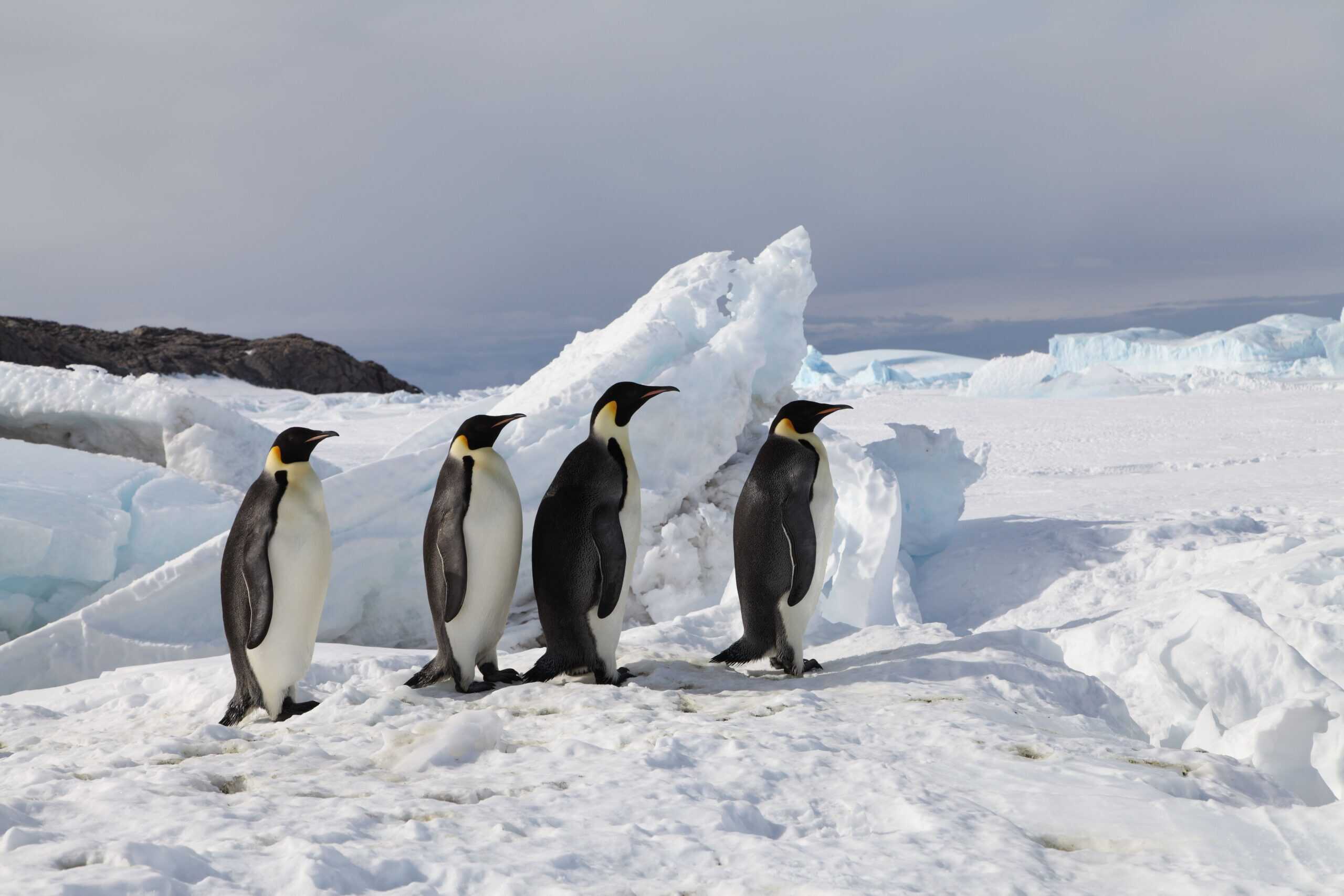Share this article
Wildlife Featured in this article
- Canada lynx
History may point to a brighter future for Canada lynx
Areas the predator once roamed may be able to support them again
Canada lynx once roamed a much broader range in the U.S., researchers found, and some places they once existed may help them weather a changing climate.
In a study published in Biological Conservation, researchers found that lynx (Lynx canadensis) may do well in parts of Utah, central Idaho and the Yellowstone National Park region, even considering climate change and the lack of lynx in those areas now.
Lynx currently inhabit limited, northern portions of Washington, Idaho, Montana, Minnesota and Maine. Recovery plans for the species have been based on assumptions that they were never found much beyond these areas in the U.S.
Using a model validated by historical records, researchers found that in 1900, Canada lynx roamed a much larger area throughout the Pacific Northwest, Rocky Mountains, Great Lakes region and parts of New England.
“History matters even for wildlife,” said lead author Dan Thornton, a Washington State University wildlife ecologist. “As part of the criteria for species recovery, we have to understand their historic distribution. Otherwise, how can we help recover a species, if we don’t know what we’re recovering to?”
Header Image: In 1900, Canada lynx had more suitable habitat in the U.S. than they do today. Credit: Washington State University







